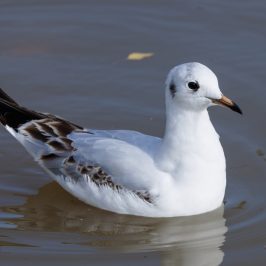Somewhere in between receiving and trying out the new tumble dryer, doing a tiny amount of work and a great deal of processing of old photo files, and going to a thoroughly enjoyable and positive choir rehearsal, I found time today to walk the parish in search of insects. I know I’m far from the only person who’s worried at how low the bee and hoverfly numbers have been so far this year – and even after several days of warm and settled weather the situation doesn’t seem to be improving. I found just three hoverflies today in the whole village, and not many more bees – despite the fact that one field that is laid to beans is in flower, and on the evidence of previous years should be humming by now.
Because worrying comes naturally to me, I’ve also found enough emotional capacity to be concerned about the fact that I haven’t yet seen any Common Blue butterflies, though I know that the first brood is out elsewhere in the country. We have two fields here that usually produce Common Blues: one was cut last year at a critical point, before the first brood larvae could reasonably have pupated, and didn’t produce any second brood adults; and the other had good first and second brood populations, but was revoltingly wet and claggy through the winter and then froze several times during the spring – conditions that pose a threat to overwintering pupae. Today I’d walked the whole perimeter of the butterfly field without seeing more than a distant Large White, and a single Brimstone in transit to somewhere else, and as I approached the exit was mentally renaming the site the lack of butterflies field, when I suddenly spotted a single Brown Argus. Although it was feeding in bad light for photos and I only managed record shots, I was absolutely delighted to see it; but the feeling was not reciprocated, and after just a couple of seconds it took off and removed itself into the next field, where it obviously felt safer.
The rest of my haul for the afternoon was a couple of Thick-legged Flower Beetles; a few damselflies – including a tandem pair of Azure Damselflies ovipositing in my neighbours’ pond; and this Cardinal Beetle, which I noticed right at the end of my walk. Unlike the Common Red Soldier Beetle, which usually appears here in June and then seems to be everywhere you look for the next couple of months, I don’t see many of these – in fact, I only photographed one last year. It’s a predator, feeding on other insects, and its vivid red colouring advertises to creatures that might think of eating it that it’s unpalatable. In fact, one of the greatest threats it faces is the hostility of gardeners, given its resemblance to the Lily Beetle – but the Lily Beetle has a black head, and shiny, dimpled wing cases rather than the elegant satiny ones of the Common Cardinal.







